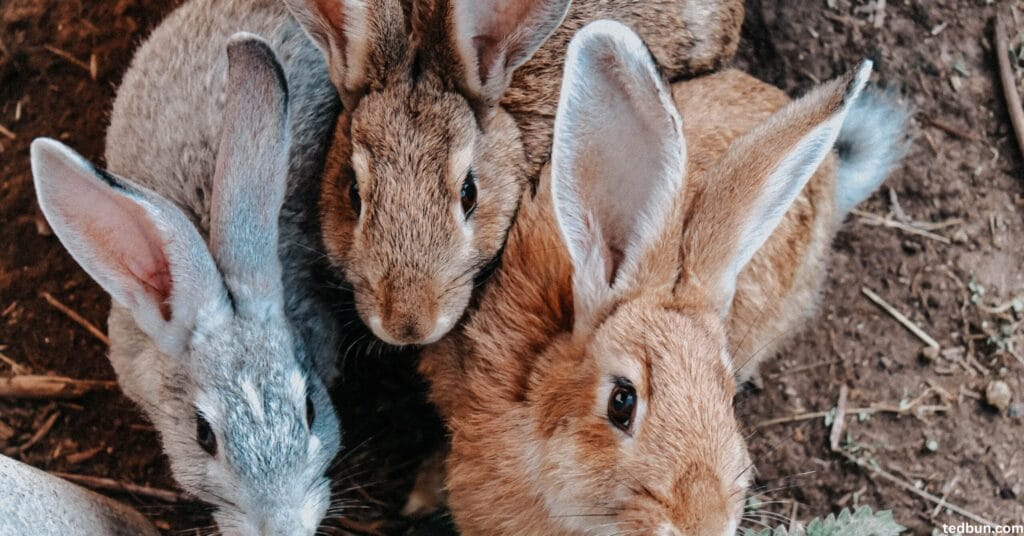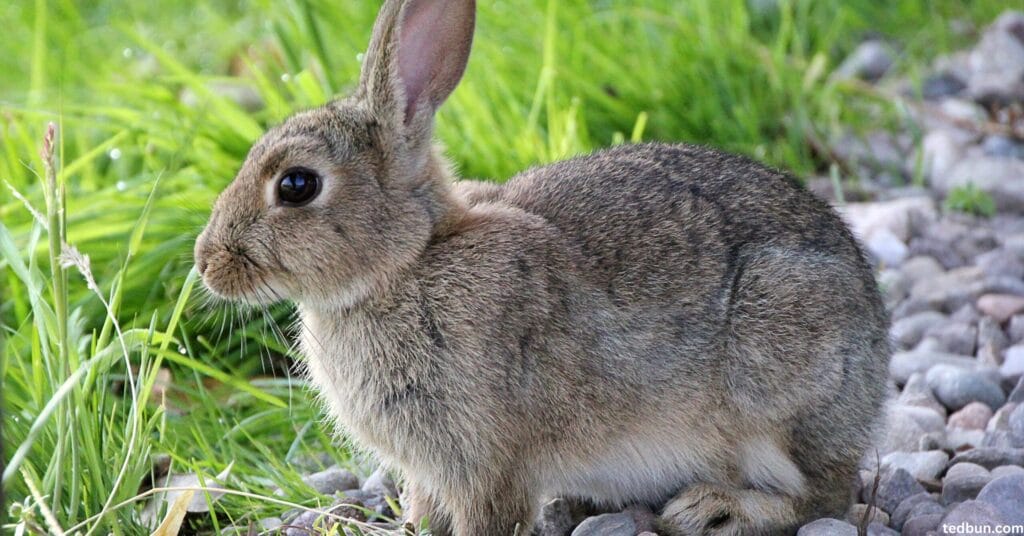🐇 Rabbit Gestation Calculator
Raising rabbits, whether for hobby, farming, or companionship, requires careful timing and close attention—especially during pregnancy. One of the most helpful tools you can use as a rabbit owner is a rabbit gestation calculator. This digital tool helps you estimate when your pregnant doe will give birth, so you can prepare everything she needs before kindling (the birthing process).
Unlike guessing based on general timelines, a rabbit gestation calculator offers a personalized approach. It gives you specific dates based on the day your rabbit was bred. These insights help improve care, reduce risks, and support both the doe and her kits through a healthy pregnancy.
Why Use a Rabbit Gestation Calculator?
The gestation period of a rabbit is relatively short. Most rabbits give birth between 28 and 34 days after mating, with the average length being 31 days. That small window makes timing crucial. Missing signs or failing to prepare a nest box in time can lead to stillbirth, stress, or other health risks for the mother.
This is where the rabbit gestation calculator becomes valuable. By entering the exact breeding date, you get:
- The earliest possible kindling date
- The average expected delivery date
- The latest possible due date
These results allow you to make informed decisions and ensure your rabbit is cared for at every stage.
Understanding Rabbit Pregnancy Timeline
Rabbit pregnancies follow a predictable but fast-paced schedule. Here’s what generally happens at each stage, which the rabbit gestation calculator helps you align with your rabbit’s specific dates:
Days 0–7: Fertilization and Early Development
The rabbit’s body starts preparing immediately after mating. Ovulation in rabbits is induced, which means eggs are released during or shortly after mating. Fertilization happens quickly, and the embryos begin developing inside the uterus. At this stage, there are usually no visible signs of pregnancy.
Days 8–14: Detecting Pregnancy
Some experienced breeders or veterinarians may be able to feel the developing kits in the uterus through palpation between days 10 to 14. This process involves gently feeling the rabbit’s abdomen to detect small marble-sized lumps. This is also when the doe may begin to show changes in appetite or behavior.
Days 15–24: Physical and Behavioral Changes
As the embryos grow, the doe may begin to eat more, rest more often, and become protective of her space. Around this time, her belly may become more noticeably rounded. Some rabbits may begin to dig or rearrange bedding. These are signs that nesting behavior will soon follow.
Days 25–30: Nest Building
This is one of the most important windows of the pregnancy. The rabbit gestation calculator will help you determine exactly when to place a nest box in her enclosure—usually on day 28. This ensures that when the doe begins to pull fur and line the nest, she has a comfortable, secure place to give birth.
You may notice her collecting hay, pulling fur from her chest or sides, and arranging a soft area for kindling. All of this is normal and a good sign that her body is preparing for labor.
Days 31–34: Kindling (Birth)
Most rabbits give birth on day 31 or 32. Some may kindle as early as day 28 or as late as day 34. If your rabbit has not given birth by day 34, it is often advised to consult a veterinarian. Delayed kindling can sometimes indicate a problem such as uterine inertia or a non-viable pregnancy.
Kits are born blind, hairless, and helpless. The mother will typically nurse them once or twice a day, often early in the morning or late at night when she feels most secure.
Benefits of Using a Rabbit Gestation Calculator

Using a rabbit gestation calculator helps avoid uncertainty and gives you control during the short but important pregnancy period. Key benefits include:
1. Timely Nesting Preparation
Timing the nest box installation properly helps avoid premature birth outside of the box, which could lead to death from exposure or poor maternal care. The calculator tells you exactly when to place the box based on your rabbit’s breeding date.
2. Health Monitoring
By aligning your rabbit’s behavior with the gestation timeline, you’ll know what to expect at each stage. For example, if the doe doesn’t begin nesting by day 28, it could signal a false pregnancy or health concern. Likewise, if she hasn’t given birth by day 34, veterinary assistance may be necessary.
3. Reducing Stress
Knowing what to expect and when it should happen can ease anxiety for both you and your rabbit. Reducing environmental stress during the late stages of pregnancy supports a smooth delivery and lowers the risk of complications.
4. Record Keeping
Breeders managing multiple does find a rabbit gestation calculator especially useful for record keeping. You can plan feed changes, nesting, and checkups with precision. It also helps identify patterns in your breeding stock over time.
How to Use a Rabbit Gestation Calculator

The process is simple, and most online calculators follow the same format:
- Input the breeding date: This is the first day your doe was successfully mated.
- Click calculate: The tool will automatically generate three dates:
- Earliest kindling (typically day 28)
- Average kindling (typically day 31)
- Latest expected kindling (typically day 33 or 34)
This gives you a full timeline, so you know exactly when to prepare and monitor.
Rabbit Care During Pregnancy
In addition to using a rabbit gestation calculator, proper care during the pregnancy will make a significant difference in the health of both the mother and her kits. Here are some essential care tips to follow:
Nutrition
Pregnant rabbits need more energy, especially in the last 10 days. High-quality hay, leafy greens, and alfalfa can help meet her growing needs. Ensure she has unlimited access to clean water at all times.
Housing
Keep her in a quiet, safe environment with minimal disturbance. Avoid moving or handling the doe frequently after day 25. Ensure that the nest box is placed securely in a corner and filled with soft bedding and hay.
Post-Kindling Monitoring
After birth, avoid disturbing the nest for at least 24 hours unless necessary. The mother may not sit on the nest but will nurse her kits at night or in the early morning. Gently check for dead kits or signs of abandonment only if needed.
Final Thoughts
A rabbit’s pregnancy is short but highly sensitive. Using a rabbit gestation calculator gives you the advantage of timing, awareness, and preparedness. By knowing the breeding date and following a guided schedule, you can support your doe throughout her pregnancy with confidence.
Whether you’re an experienced breeder or a new rabbit owner, the rabbit gestation calculator is one of the most valuable tools for predicting birth, reducing stress, and ensuring healthy kits. Use it wisely, pair it with attentive care, and you’ll be ready for every stage of your rabbit’s pregnancy journey.